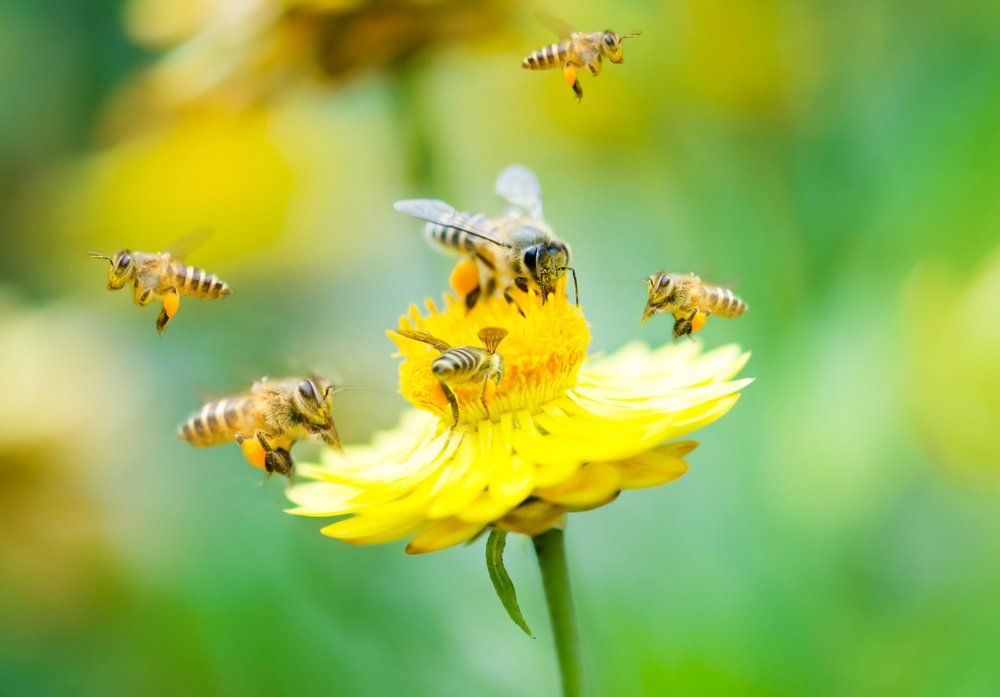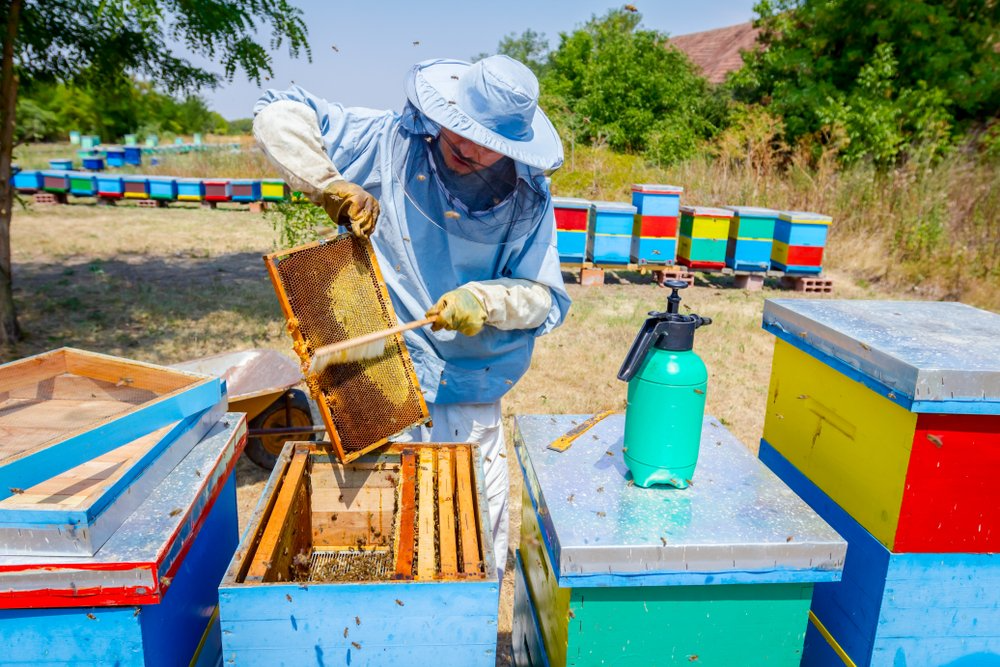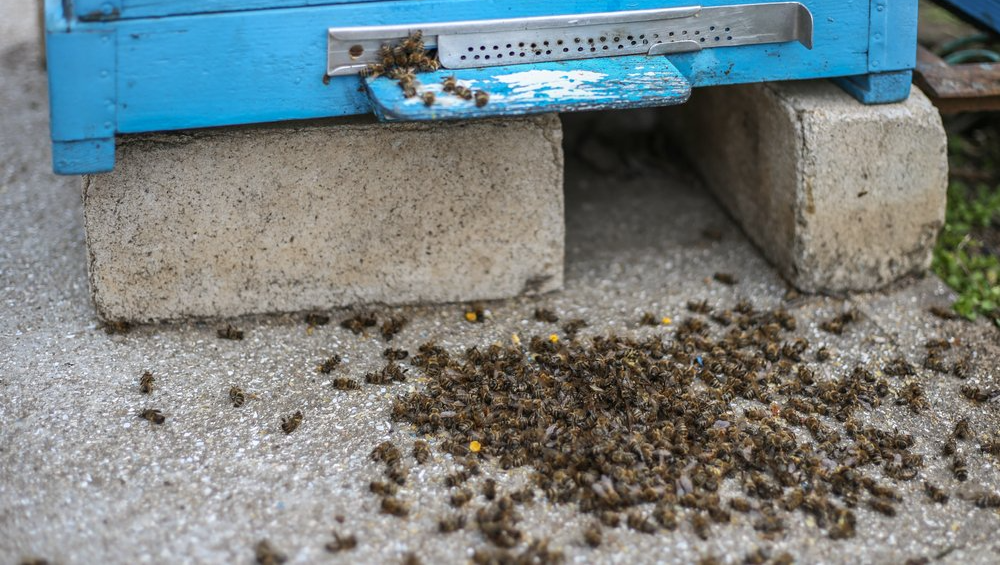.
WHERE ARE THE BEES?
Insect pollination is critical to agriculture, with ninety or more U.S. crops dependent on insect pollination. Economically, honey bees contribute more than an estimated $15 billion to the agricultural economy. That is a significant reason why, in recent years, honey bee health has gotten increasing attention.
1-800-LAW-FIRM and our partners are fully prepared to fight for justice on behalf of beekeepers and business owners who have suffered damages due to the increased use of neonicotinoids . We are committed to holding the manufacturers accountable for their decision to put profits over people. Contact our team by filling out the form for a no-obligation, free claim review.
REQUEST A FREE CLAIM REVIEW
WHAT ARE NEONICOTINOIDS?
Neonics are a class of synthetic, neurotoxic insecticides that are used on agricultural crops, lawns, gardens, golf courses, and in flea and tick pet treatments. Developed in the mid-1990s, neonics are now the single-most popular insecticide class in the United States.
The way they work is by permanently binding to the nerve cells of insects, overstimulating and destroying them. Exposed insects often exhibit uncontrollable shaking and twitching followed by paralysis before eventually dying. Even at nonlethal doses, neonics can weaken critical functions, such as an insect’s immune system, navigation, stamina, memory, and fertility.
WHY ARE NEONICOTINOIDS SO BAD?
The reason neonics are bad is the same reason they’re used in the first place—to insects, they’re some of the most deadly pesticides ever created. The problem is that they kill indiscriminately, exterminating not only “pest” insects but also countless butterflies, bees, and other wildlife. In fact, since their introduction, neonics have made U.S. agriculture nearly 50 times more harmful to insect life.
Neonics are considered “systemic” pesticides. This means they can be applied directly to the soil (as a “drench”) around a plant’s roots, or as a coating on a plant seed, which the plant then literally soaks up as it grows. That makes the plant itself—including its nectar, pollen, leaves, stems, and fruit—toxic. What’s worse is that only a small portion of the neonics make it into the target plant, about 2 to 5 percent for most seed coatings, leaving about 95 percent in the soil.
WHAT DO NEONICOTINOIDS DO TO BEE POPULATIONS?
Hundreds of studies, several comprehensive academic assessments, extensive Cornell University research, and even a major pesticide industry–funded field study all point to neonics as a leading cause of massive bee and pollinator die-offs around the globe. Researchers have calculated neonics to be 7,000 times more toxic to bees than DDT.
How massive? Well, beekeepers lost more than 45 percent of their honeybee colonies between April 2020 and 2021, the second-highest losses on record. And honeybees are likely the “canaries in the coal mine” for the 4,000-plus species of native bees nationwide—like the rusty-patched bumblebee. In 2017, it became the first bee in the continental United States to make the endangered species list. This should matter to everyone because wild bees are essential to sustaining the global food supply as well as the health of entire ecosystems.
WHAT EFFECT DO NEONICOTINOIDS HAVE ON HUMAN HEALTH?
According to the Centers for Disease Control and Prevention, about half the U.S. population is exposed to at least one type of neonicotinoid on a regular basis, with children ages three to five having the greatest exposures. Other research links neonics to a host of neurological harms like muscle tremors as well as health effects, including lower testosterone levels, altered insulin regulation, and changes to fat metabolism. Peer-reviewed research has even linked exposure to neonics while in the womb to birth defects, such as deformations of the heart and brain.
Unfortunately, neonics regularly pollute water sources and traditional chlorination treatment typically fails to remove them from tap water. These pesticides also contaminate our food. Neonic residues are found in 86 percent of U.S. honey, and they show up in popular produce like apples, cherries, and strawberries. And because neonics are actually in the fruit and vegetables themselves, they can’t be rinsed or peeled off.
DOES ALL THIS NEONIC USE MAKE SENSE?
For the most part, the use of neonics is all for nothing. While up to 100 percent of conventional corn seeds and 50 to 75 percent of conventional soybean seeds are pretreated with a neonic before planting, study after study shows that these treatments provide almost no economic benefits for growers. Or worse, they reduce crop yields and damage soil health.
Meanwhile, additional research finds that top fruit crops—including apples, blueberries, and cherries—are now “pollinator-limited” nationwide; the gist being that farmers are producing fewer of these crops because of a loss of pollinators. Even where pests are a problem, effective and less harmful substitutes, like regenerative growing practices or minimum-risk pesticides, are available.



